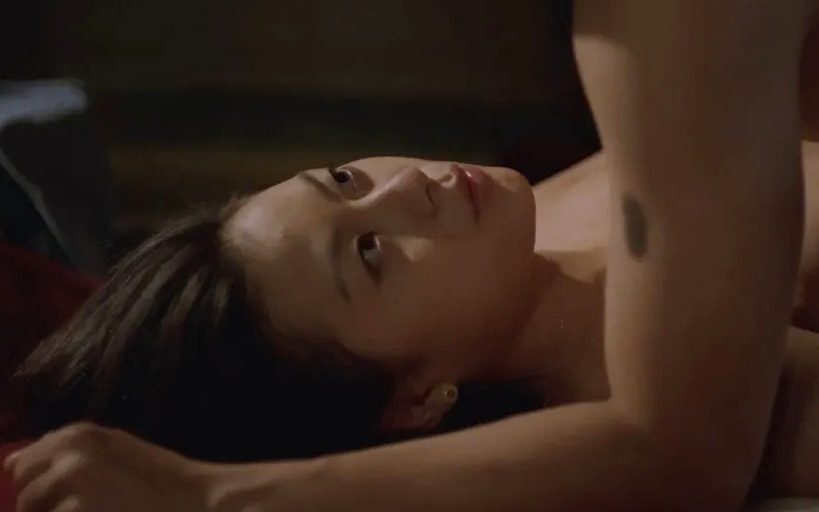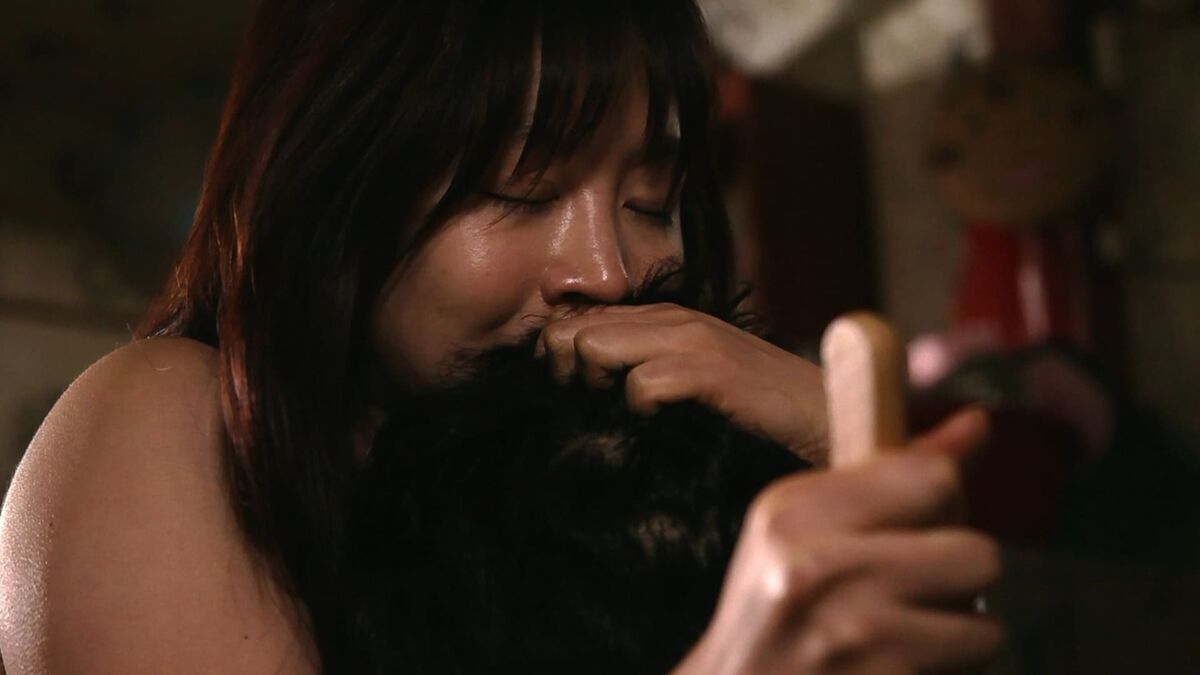In the context of 21st-century South Korean cinema, there has emerged a wave of underground films that are both provocative and chilling. These 18+ films feature daring content that delves into taboo subjects, causing audiences to feel both intrigued and disturbed. Not limited to merely “steamy scenes,” these works often spark intense debates about artistic expression and the boundaries of creative freedom. Below is the first part of a list of 15 controversial 18+ films from South Korea in the 21st century, each offering a profound exploration of the viewer’s psyche.
1. The Isle (2000) – Director: Kim Ki Duk

Released at the end of 2000, The Isle has consistently appeared in lists of the most controversial films of the 21st century due to its overwhelmingly dark atmosphere. The film is renowned for its intense and disturbing imagery intertwined with themes of love and sacrifice, making it a unique representation of unconventional romance.
Director Kim Ki Duk continues to explore the boundaries between desire and violence, leaving many viewers unsettled as they are exposed to unfiltered depictions of human relationships. However, with international acclaim, this work is often described as a “provocative piece of art” – a juxtaposition of beauty and grotesqueness.
2. Moebius (2013) – Director: Kim Ki Duk

One of the most challenging and difficult-to-watch works by director Kim Ki Duk, Moebius was completely banned from screening in South Korea upon its initial release. The film lacks dialogue, yet it presents a haunting visual narrative of familial dysfunction and obsession.
The story follows a family torn apart by infidelity, leading the mother to harm her son in a tragic spiral of violence. The film embodies a dark journey filled with tension and emotional turmoil among its three characters entangled in an inescapable “triangle.” Despite its shocking content, Moebius premiered at the Venice Film Festival and was regarded as a work of “profound artistic merit and uniqueness.”
3. The Housemaid (2010) – Director: Im Sang Soo

A contemporary remake of the 1960 classic, the 2010 version of The Housemaid astonished audiences with its striking visuals, portraying the lavish yet tragic life of the upper class in South Korea.
The film centers around an illicit relationship between the maid Eun Yi and a wealthy family, revealing steamy scenes that do not shy away from the underlying tension and unspoken desires. This culminates in a haunting conclusion that powerfully reflects the struggles of an increasingly divided South Korean society.
4. A Good Lawyer’s Wife (2003) – Director: Im Sang Soo

Another film by director Im Sang Soo, A Good Lawyer’s Wife dives deep into the intimate conflicts of a married couple’s life. Featuring numerous scenes that challenge societal norms, the film has been criticized by some viewers as being “too explicit.”
The story unfolds in a family that appears to be living the perfect life, yet the wife faces a dilemma as she finds herself entangled with another man. The film’s exploration of betrayal and desire highlights the stark contrast between external appearances and internal struggles, earning it recognition at various international film festivals, including Venice.
5. B.E.D (2012) – Director: Park Chul Soo

This independent film does not shy away from showcasing explicit scenes, raising questions among viewers about its intentions to depict “real sex.” B.E.D is an acronym for the names of its three main characters: Baek, Eun, and Do – each representing distinct narratives that intertwine through themes of lust and longing.
Underneath its artistic veneer, the film presents a raw exploration of the complexities of human desire, accompanied by haunting soundscapes and dimly lit scenes. Critics in South Korea have deemed it a “bold portrayal of sexual intimacy,” while some audience members have reacted negatively to its frankness.
Conclusion Part 1
The five films listed above exemplify works that do not shy away from “steamy scenes.” They serve as a deep psychological exploration of human nature when faced with societal constraints. Controversy is inevitable, but the courageous use of explicit content and unique narratives has helped these films carve out a distinct niche in the cinematic landscape – bold, unapologetic, and daring to confront taboos.




















